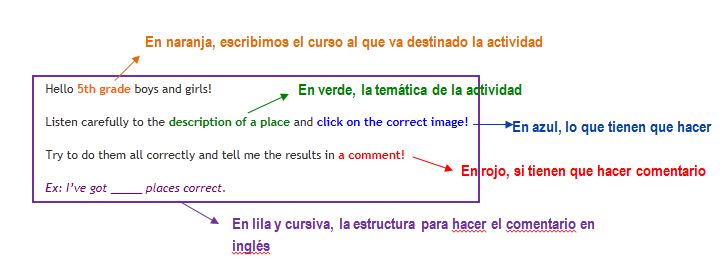

In this context, policymakers have increasingly looked to other avenues to promote the national trade agenda.īilateral FTAs became popular during the early 2000s. But the Doha round of the WTO has stalled, and a small economy such as Australia arguably lacks the heft to meaningfully advance talks on its own. Ideally, multilateralism is the best strategy to genuinely liberalise trade. They also pose the risk of “balkanising” the global trading system by dividing the world economy into competing trade blocs. Power asymmetries within regions are often highly pronounced, leading to deals that favour the largest member at the expense of smaller partners. Indeed, regionalism advocates have also described them as a building block where multilateral deals can later be built.
#Treaties and blocs quizlet free#
Regional free trade agreements are sometimes considered a trade sweet spot – easier than multilateralism, but more substantial than bilateral deals. Trade regionalism picked up during the 1990s, through the formation of the Mercosur bloc (1991), the ASEAN free trade area (1992) and the NAFTA agreement (1994).Īustralia is party in two regional trade agreements currently under negotiation in Asia: the US-led TPP and the ASEAN-centred RCEP. Midway between multilateralism and bilateralism, they involve a group of countries within a geographic region negotiating a free trade area.

Regional free trade agreements are the third option. They also pose the vexing “ spaghetti bowl problem” of creating a complex set of overlapping and inconsistent rules that erode the integrity of the global trade system. Important but sensitive trade issues (agriculture, for instance, and services) are often excluded from bilateral FTAs, and very few deal with trade-related measures substantially.

But as the quick-and-easy option, they often fall short of promoting genuine free trade. The primary appeal of bilateral FTAs is their ease with only two parties, deals can be negotiated efficiently. Practically unheard of before the mid-1990s, these agreements have expanded exponentially during the last decade as governments sought to deepen trade ties with key economic partners.īilateral FTAs typically involve states swapping trade concessions with each other, but some also address so-called trade-related measures such as investment, intellectual property, and biosecurity. With the WTO in deadlock, attention has turned to bilateral free trade agreements (FTAs). Having many members makes consensus difficult to forge, and recent years have seen the formation of a complex array of “ coalitions” with competing, and often-incompatible, agendas.ĭisagreement among these coalitions - particularly over the sensitive issue of agriculture - is one of the main reasons the Doha round is currently deadlocked after 12 years of talks. Since Russia’s accession to the WTO in 2012, practically all significant economies have become members, creating a single integrated system of global trade rules.īut size has also proven to be one of the WTO’s major weaknesses. Multilateralism is the “policy purist” approach to trade liberalisation.
#Treaties and blocs quizlet series#
The product scope of the WTO has gradually expanded since 1948 through a series of negotiating rounds the current one is known as the Doha “ development round”, which commenced in 2001. The WTO currently has 159 members, who exchange tariff preferences in line with the non-discriminatory “ most-favoured-nation” principle. Historically, multilateralism has been the dominant approach, embodied in the World Trade Organisation. Each strategy carries a mix of benefits and costs. There are multiple ways for governments to advance free trade trade liberalisation can be negotiated via multilateral, bilateral or regional mechanisms. So, where should Australia’s priorities lie? Given limited bureaucratic and diplomatic resources, it would be both difficult and inadvisable to spread efforts evenly across the range of proposals. This is a very crowded trade policy agenda, characterised by complex, overlapping - and sometimes competitive - initiatives. It has also open bilateral trade negotiations with five of its most important economic partners – China, Japan, Korea, Indonesia, and India. It’s a participant in the ongoing Doha round of World Trade Organisation (WTO) talks, and a party to the Trans-Pacific Partnership (TPP) and Regional Comprehensive Economic Partnership (RCEP) negotiations in Asia. Calling the trade minister Australia’s “ ambassador for jobs”, the Coalition has staked its economic and foreign policy credibility on the promise to finalise a series of free trade deals that made limited progress under former Labor governments.īut Australia already has a lot of trade on its plate. One of the first acts of Tony Abbott’s government was to declare it intended to “ embrace free trade” in its first term in office.


 0 kommentar(er)
0 kommentar(er)
